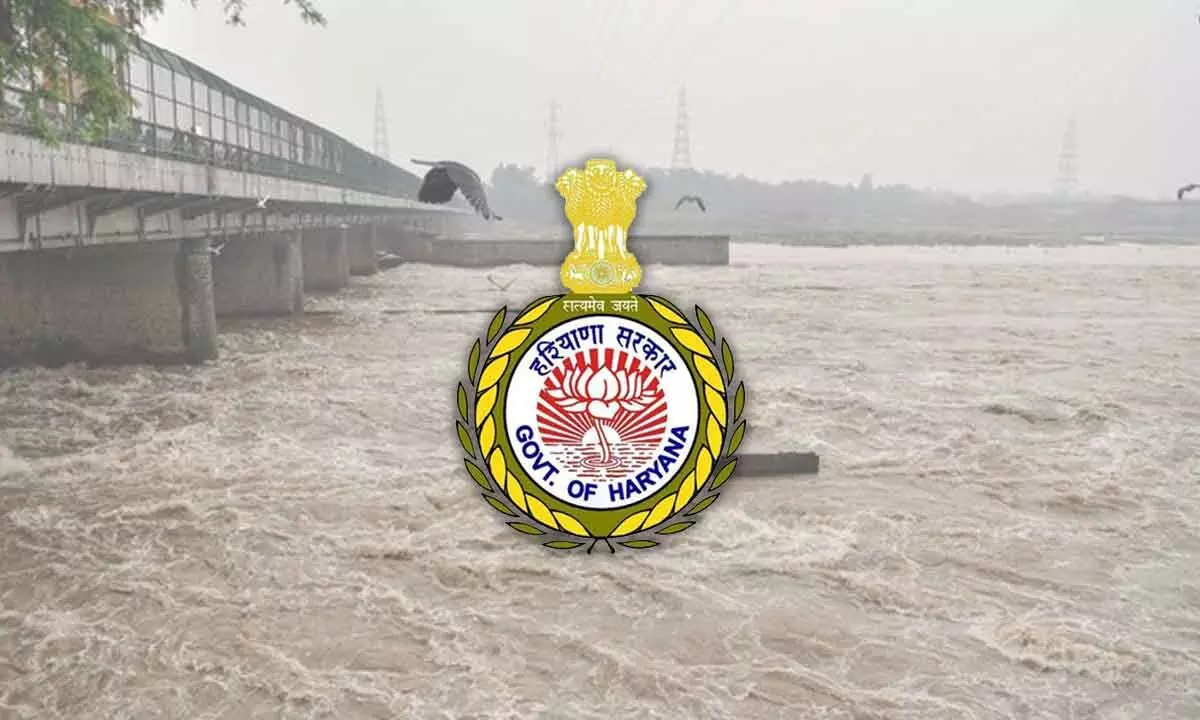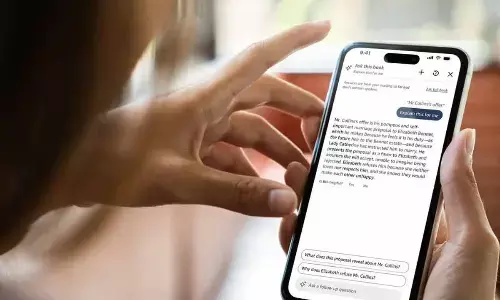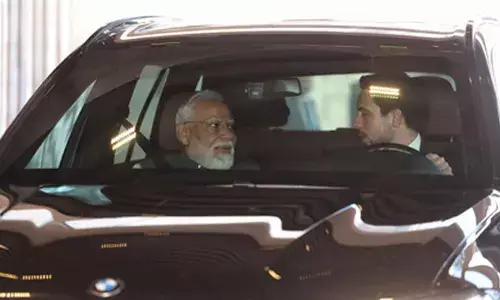Haryana Government Takes Action Against Officials Over Yamuna Flood Duty Failure

- The Haryana government has acted against Irrigation Department officials for neglecting duties during Yamuna River floods. Following an inquiry committee's findings, actions include suspension and chargesheets.
- The investigation centers on gate blockages at Delhi's ITO barrage managed by Haryana. Chief Minister Khattar initiated the inquiry, countering Delhi's AAP allegations.
The government of Haryana has taken action against several officials from the Irrigation Department in response to their failure to fulfill their duties during floods caused by elevated water levels in the Yamuna River passing through the Haryana region. This action was prompted by the findings of an inquiry committee. The incident under investigation involves the blockage of gates at Delhi's ITO barrage, which is managed by the Haryana irrigation department. The Chief Engineer of the irrigation department, Sandeep Taneja, has been suspended, and three other officials – SE Tarun Aggarwal, XEN Manoj Kumar, and SDO Mukesh Verma – have been issued chargesheets.
The context for this action began when the Chief Minister of Haryana, Manohar Lal Khattar, established a two-member fact-finding committee to investigate the jamming of gates at the ITO barrage in Delhi. The gates are situated at a 552-meter barrage on the Yamuna River, and the responsibility for their operation falls under the Haryana irrigation department.
Allegations from the Delhi government's AAP (Aam Aadmi Party) claimed that the gate jamming resulted from silt accumulation and suggested that maintenance should be transferred to the Delhi government. The Haryana government countered these allegations, with Chief Minister Khattar attributing the issue to unauthorized construction and silt accumulation, which led to rising water levels in the river. He also refuted claims of excessive water release into the Yamuna.
Due to heavy rains, the Yamuna's water level surged significantly, leading to the non-opening of four gates at the ITO barrage. This resulted in waterlogging and floods in Delhi. In response, Chief Minister Khattar formed a three-member committee, which included key officials from the Irrigation Department, to investigate the matter further.
The committee's report revealed that the submerged gates were hindered by silt, which necessitated specialized techniques for removal. However, the lack of power connections hindered this process. The report also emphasized that floods in Delhi were exacerbated by encroachment and unplanned construction along the river, obstructing the natural flow of the Yamuna.
The Haryana government's Commissioner and Secretary of the Irrigation and Water Resources Department, Pankaj Agarwal, indicated that initial findings suggested lapses in monitoring and supervision by Haryana officials. He anticipated that the Delhi government should also address their own lapses, specifically relating to silt accumulation and inadequate supervision.
The report further highlighted that the river's natural flood outlets had been encroached upon over several decades, exacerbating the flood situation. Notably, the highest discharge recorded at the Wazirabad Barrage in Delhi reached 11,37,020 cusecs in July. The report recommended recalibrating gauges at various barrages along the Yamuna, with the Upper Yamuna River Board tasked with this responsibility to ensure accurate measurements in the future.
















